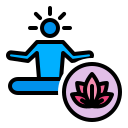Guided Meditation for Stress Relief: Breathe, Reset, Begin Again
Today’s theme: Guided Meditation for Stress Relief. Step into a calmer space with simple cues, compassionate guidance, and practical rituals you can try anywhere, anytime. Subscribe for weekly calm, share your experiences, and let’s practice breathing room back into busy days together.
Why Guided Meditation Eases Stress
01
Guided meditation can shift the body from a stress-fueled sympathetic state toward parasympathetic balance. Slow breathing, nonjudgmental attention, and predictable pacing cue safety, nudging heart rate down and easing tension. Many beginners find a voice they trust helps them stay present when thoughts pull hard.
02
Maya came home buzzing with meetings and deadlines. Ten minutes of guided breath, counting silently on each exhale, released her jaw and softened her shoulders. She described it as stepping out of a storm into a quiet room. Share your first-time story in the comments and inspire someone’s practice.
03
Structure reduces decision fatigue. When a calm voice proposes where to place attention, you can relax into the process. The guidance normalizes wandering minds and offers gentle redirection, replacing self-criticism with curiosity. If that resonates, subscribe for weekly scripts and audio notes that meet you exactly where you are.

Your First 7 Minutes: A Gentle Start
Sit or lie down comfortably. Close your eyes if it feels safe. Scan your body from scalp to toes. Name three sensations silently: warm, tight, buzzing. No fixing—just noticing. Comment below with your favorite settling position so others can experiment with comfort.
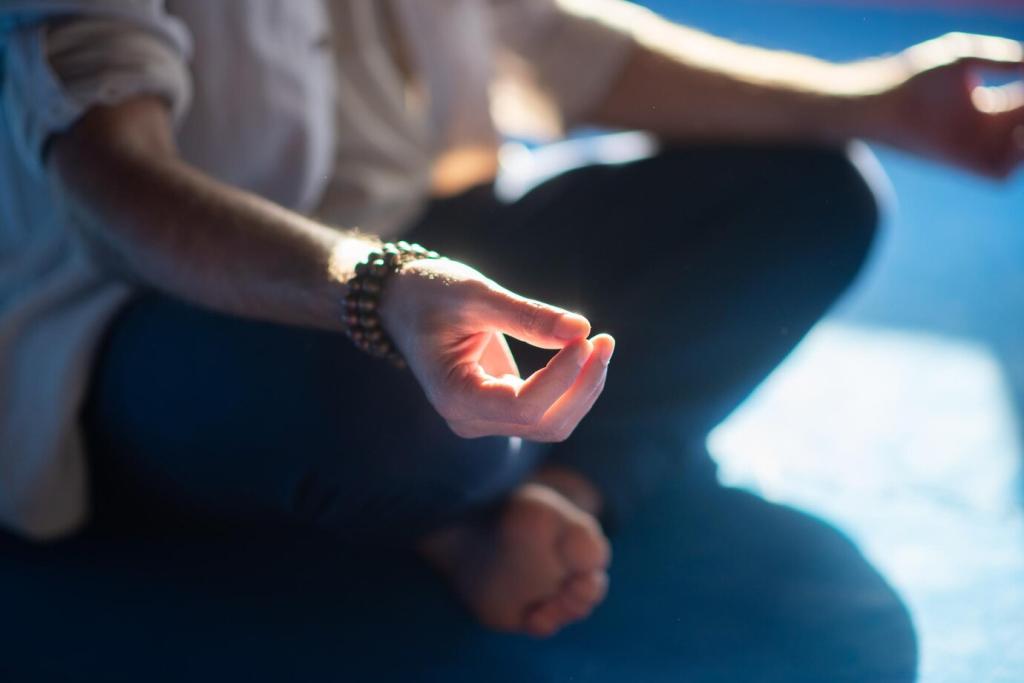
Thirty-Second Shoulder Reset
Bring awareness to your shoulders. Inhale and lift them toward your ears gently. Exhale, release down and back, twice more. Whisper, “Down and safe.” Guided cues like this anchor you in the present when emails surge. Share your favorite micro-practice so we can build a community list.
Box Breath with a Silent Guide
Imagine a calm voice tracing a square: inhale four, hold four, exhale four, hold four. Visualize the square’s edges glowing as you breathe. Two minutes can punctuate a hectic morning with steady ease. Bookmark this and tell us where you use it most.
Grounding Through the Senses
Name five things you can see, four you can feel, three you can hear, two you can smell, one you can taste. Let each label be slow, kind, and precise. This guided sequence interrupts spirals and returns you to now.
Tools of Guidance: Breath, Body, Imagery
A steady voice pacing your inhale and exhale acts like a metronome, helping your body trust the rhythm. Longer exhales stimulate relaxation while cues like “soft belly” and “quiet jaw” reduce unnecessary effort. Try three minutes daily and share your shifts after a week.
Tools of Guidance: Breath, Body, Imagery
Guided body scans invite micro-releases: soften temples, unclench tongue, widen collarbones, loosen hands. Tiny relaxations add up. Many practitioners report less afternoon neck strain after consistent scans. Subscribe for audio you can play during short breaks.
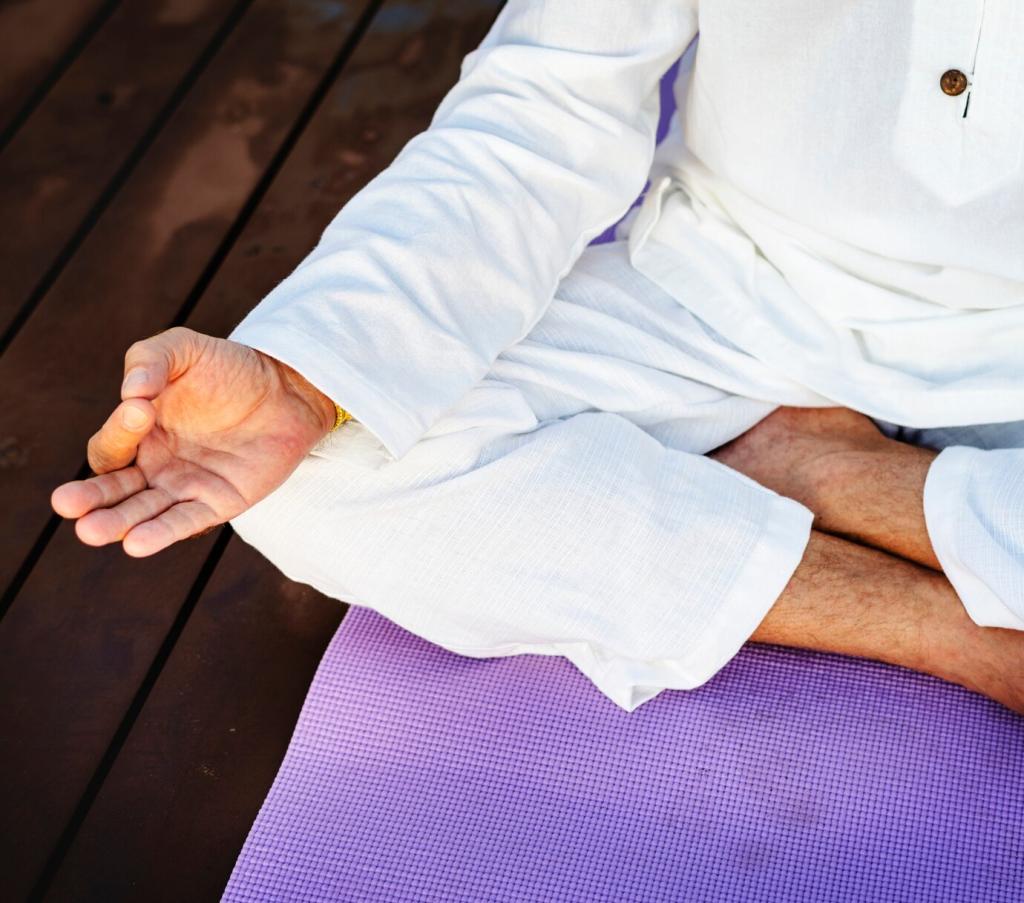


Workday Midpoint Reset
Set a gentle alarm after lunch. Put on a short guided track. Close your eyes or soften your gaze, hands on belly and chest to feel breath. Two minutes can prevent late-day stress spikes. Share your best office-friendly headphones or quiet spots in the comments.

Transit-Friendly Mindfulness
On trains or buses, use eyes-open guidance: pick a floor tile or window frame as a visual anchor. Sync breath with landmarks passing by. Let crowd noise be part of the practice rather than a problem. Tell us which commute cues help you most.


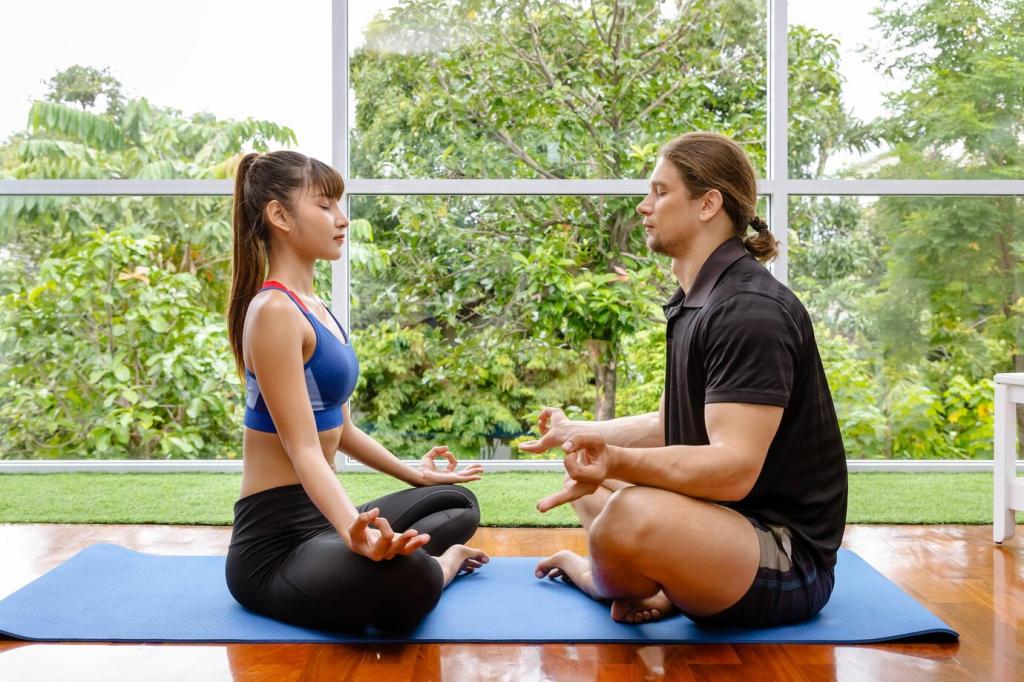

Tiny, Repeatable Rituals
Anchor practice to existing habits: after brushing teeth, before the first email, or during a daily walk. Choose a regular time and a favorite guide. Consistency beats intensity. Comment with your anchor ritual so others can try it this week.
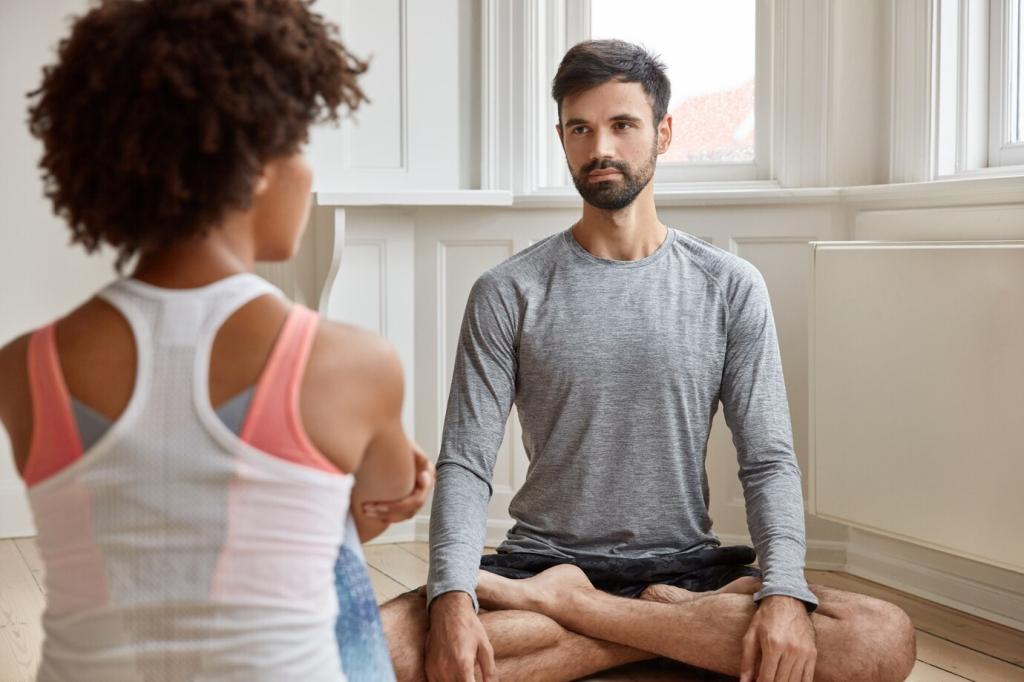
Track What Actually Changes
Note sleep quality, tension areas, and mood before and after sessions. Short reflections reveal patterns and motivate continuity. You might notice fewer afternoon headaches or kinder self-talk. Subscribe to receive a simple tracking template you can print or keep on your phone.

Practice Together, Stress Less
Invite a friend to a weekly ten-minute session. Shared accountability makes calm contagious. Swap your favorite guided tracks and celebrate small wins. Tell us below if you want a buddy; we’ll help pair readers by time zone and goals.
